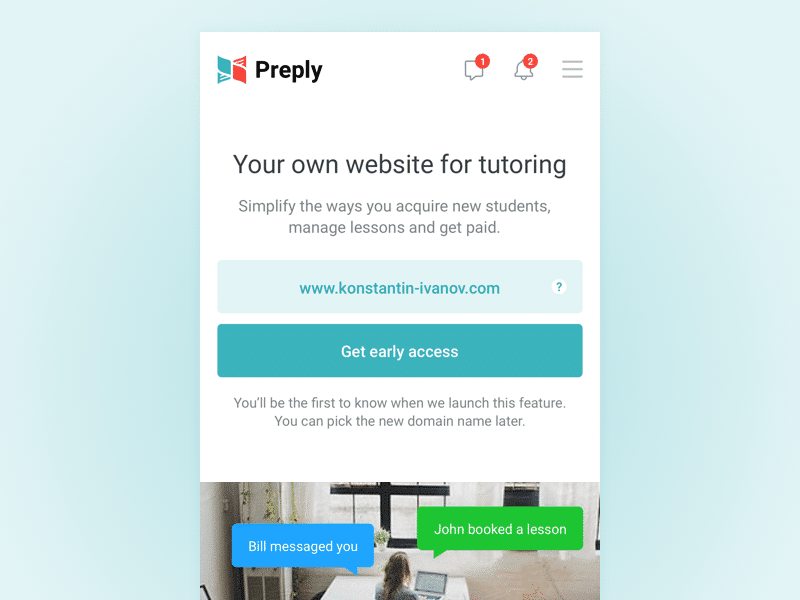
How Mobile App Development is Fueling Digital Marketing
We have moved fully into the age of smartphones. One area that is continuing to grow, especially for business purposes, is apps. Want more proof of that concept?
Have to look at the data provided by Yahoo, which found that a shocking 90% of people’s mobile usage is coming from apps now. According to Google, 91% smartphone users say they turn to their phones for ideas in the middle of a task and 82% of them consult their phones before buying anything in a store. Finally,
the overall number of mobile phone users is expected to grow to 4.77 billion in 2017 and 4.93 billion in 2018.
If that doesn’t convince you, nothing will.
The incorporation of app development in marketing strategies has been named by many experts as one of the single most important steps that can be taken in modern marketing campaigns. That is because it works on multiple levels: you have the initial access to customers, the simplification of the buying process, the sharing of special promotions and coupons and even a resource for mining customer data. It is the perfect way to fuel your business growth with a one-time primary cost investment.
Using Data To Inform Long Term Strategy
Businesses can use apps to mine customer data. That task becomes a million times easier when you attach your app to a cloud that allows sales and marketing reps to manage customer data and find patterns through long term monitoring. This can be used to create more effective strategies based on consistent behavioral patterns found from your customer base.
Apps have been an integral part of our lives for a few years now: according to Nielsen’s study back in 2015, consumers spend about 30 hours per month using mobile apps. It’s a ton of data at your fingertips if you take the time to develop an app and look at how your customers are engaging with it.
These days apps go beyond smart phones. Business can offer apps that follow your customer everywhere.
Expanding Your Audience
Another way this is a crucial tool is in expanding audiences. An app makes it easier than ever to connect to local businesses, by putting a link right there in the hands of the customer. You have the chance to reach people more effectively, rather than relying on them to seek you out online. Globally this is a significant increase in accessibility, as you may have been somewhat hampered by geolocation in the past.
Having an app will give your brand presence on a worldwide scale, not just a local or niche related one. Even switching to a mobile-friendly theme may make a big difference when it comes to mobile search rankings and user engagement. As an example of this successful tactic is Preply, an online marketplace for finding and booking private tutors, that is marketing its mobile presence as a standalone brand asset.

Connecting the Dots
Look at your phone apps: That’s your whole life consolidated in one small device. You use GPS apps to go anywhere, social media apps to talk to friends and family, calendar to monitor your plans, Amazon app to manage your shopping lists. Your business app can become that key element that connects your product or service to your customer’s life.
As an example, Checkmark app utilizes geo-location to remind you of your regular tasks nearby. For instance, if your business meeting takes you near the dry cleaner, the app will remind you to pick up your stuff.
Utilizing Push Notifications
Push notifications have been a major boon for app developers that want an easy way to remind users of new features or just to open the app. For businesses it is a great opportunity, as it provides a platform for letting them know of new products, deals, services, etc. All of these notifications are right there on the home or lock screen of their phone, but aren’t overly obtrusive. It gives them the ability to turn off the notifications if they choose, which is less obnoxious than desktop site pop-ups that they have no control over.
These notifications are a whole marketing scheme in and of themselves. Timing and word usage are of the utmost importance, because you have a small amount of space and patience in which to operate. For example, if you were to send notifications once a day you are likely to get your app uninstalled, or at least notifications turned off. Likewise, if you get the timing down but your notifications are not short and enhanced with the right wording you are less likely to get anything but a swipe away.
Make sure you are testing your push notifications as carefully as you would any other marketing content.
Focus On Long Term KPI Metrics and Strategies
A singular boost in traffic or engagement upon first launching your app is always an exciting and important sign of success. But how is that measuring up in the long term? Short term KPI isn’t enough to allow you to dominate the mobile field, only to gather slight needle jumps caused by your initial launch.
Just like the need to focus on long term improvements, you should be creating an app strategy that is also focused on the long haul. Customer feedback before development can help with this, as can creating a solid, reasonable product roadmap for features that are going to be helpful to customers in the months and years ahead.
All of this is about adding a lifetime insurance to your app. You don’t want something that is going to become irrelevant in a year, or that will have to be completely overhauled once you realize you missed out on some features that all your users agree they want or need. Yet this is a common occurrence even for major brands that have the experience and clout to know better.
Making Signups and Use Easier
This is the biggest, most obvious step that is missed shockingly often and it can throw off your entire mobile app development efforts (I am not joking). Your app has to be usable, and that is from step one to a million. You should offer simple ways to attach it to a desktop account, or to sign up using social media like Google and Facebook. The interface needs to be clean and easy to work on any size screen, using adaptive design principles. Every part should be clear, especially in the settings.
A good test once you have the prototype created: give it over to a couple of kids to play with. If they can’t find something then your users can’t. If they have trouble using the controls, your users will. If they can’t click a button because it isn’t centered properly, your users won’t be able to. It is a great and simple test before going full launch.
Mobile Apps Are Everything… Really
Mobile Is Everything is a flawed principle, but Mobile Apps Are Everything could easily take its place. We have reached a time where having an app is no longer an option, it is a necessity.






